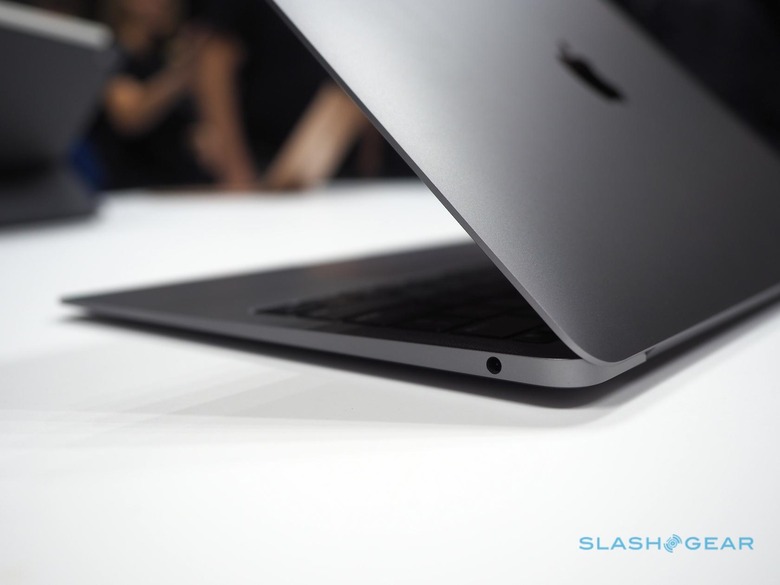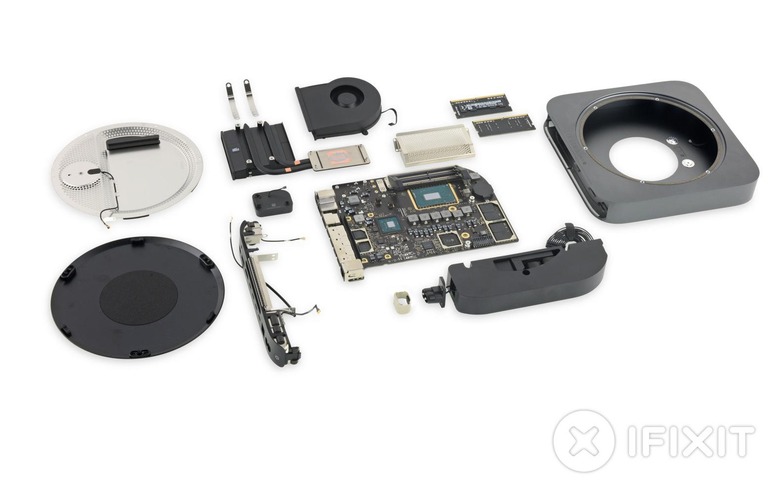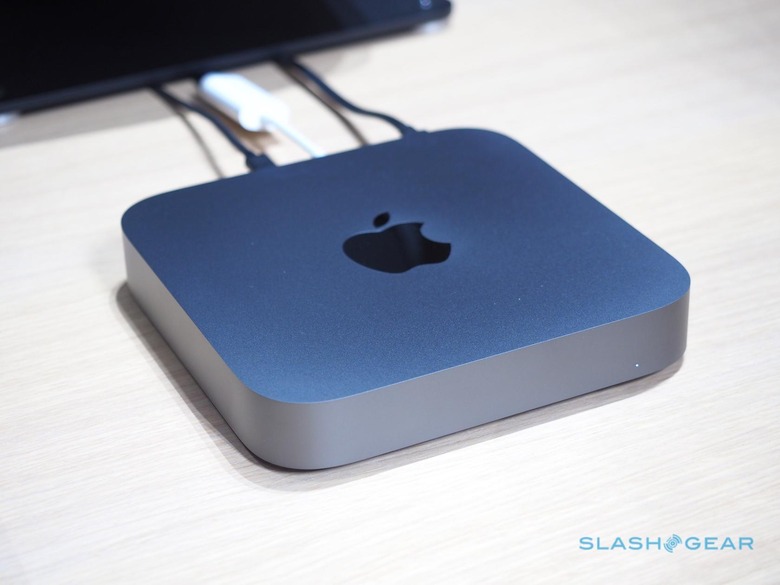The Latest Apple Teardowns Have Surprisingly Good News
Fans of DIY gadget repairs haven't had much good news over the past few years, but there are signs the tides may be changing – at least – for Apple devices. The Cupertino company hasn't exactly led by example when it comes to making repairs, battery replacements, and other unofficial tinkering easy with its laptops, tablets, and smartphones, but that could be changing.
For a long time, it looked like the trajectory of the consumer electronics industry and the desires of those who like to be able to open up their devices and get to grips with the tech inside were diverging uncontrollably. The appetite for thinner and thinner gadgets, along with the push for water-resistance and sleeker form-factors, meant more sealed casings and custom components.
It's meant that companies like iFixit, which sell tools to repair devices as well as running teardowns on them to give insight into how they're assembled, have been increasingly frustrated. Even if gadgets have been amenable to opening up, what's inside can often be a major headache. Glued-down parts, proprietary screws and components, and a general design strategy that emphasizes complete replacement rather than any sort of repair.

Apple isn't the only culprit, but it has been one of the most consistent for frustrating the do-it-yourself crowd. That's why, when the new MacBook Air and Mac mini arrived, we didn't have especially high hopes for their designs when it came to repair potential. Turns out, we shouldn't have been so pessimistic.
No, Apple hasn't suddenly done an about-face and made everything modular. You'll still need some specialist screwdrivers to even consider opening the casing, and once you're inside it's not a free-for-all of off-the-shelf parts. That just wouldn't be possible given Apple's priorities here.
Nonetheless there are some welcome signs that Apple has at least considered repairs and component replacement down the line. In the case of the MacBook Air, for example, there are some welcome design touches like the Thunderbolt 3 ports being separated on their own board and thus easier to replace. The speakers are held down by less aggressive adhesive, while the battery is positively welcoming with its screws and pull-to-remove adhesive strips.

The Mac mini is even more amenable. Apple designed the memory to be upgradable after the fact, with standard SO-DIMM modules, and so getting in through the circular lower panel and then dismantling the components inside isn't quite so arduous as it could be. Parts like the power supply can be readily swapped out, and there's no overload of adhesive.
Now, it's worth remembering that these are improvements from a pretty low level of prior behavior. The MacBook Air's processor, memory, and storage are all soldered into place and can't be upgraded. The same goes for the processor and storage in the Mac mini. Condensing everything down to as few boards as possible makes for a smaller device, but if one thing breaks it forces a replacement of every single component that board is responsible for.
All the same, compared to the soldered RAM of the old Mac mini, and the glue-fest that was the inside of the old MacBook Air, there are some notable changes here. Some of that is undoubtedly down to Apple's self-interest, as it looks ahead to when its old technicians might need to do repairs. Not presenting them with such a struggle to tackle the guts of each machine – or replace common points of failure – makes for a more efficient workflow, after all.

Nonetheless Apple's gain is our gain, too. While the days of a computer we can comprehensively repair ourselves are pretty much long behind us, some degree of awareness that prolonging the life of increasingly expensive gadgets is in the consumer's best interest is a welcome thing. It also bodes well for the upcoming Mac Pro, which professional users have been praying will be more DIY-upgrade-friendly than the existing, trashcan-shaped model.
For that we'll have to wait until 2019. Until then, while it's generally a bad idea to be cavalier with your gadgets, there's at least a little more reassurance to be had that should the worst happen, any repair may not be quite the wallet-busting trauma that it has become in recent years.
